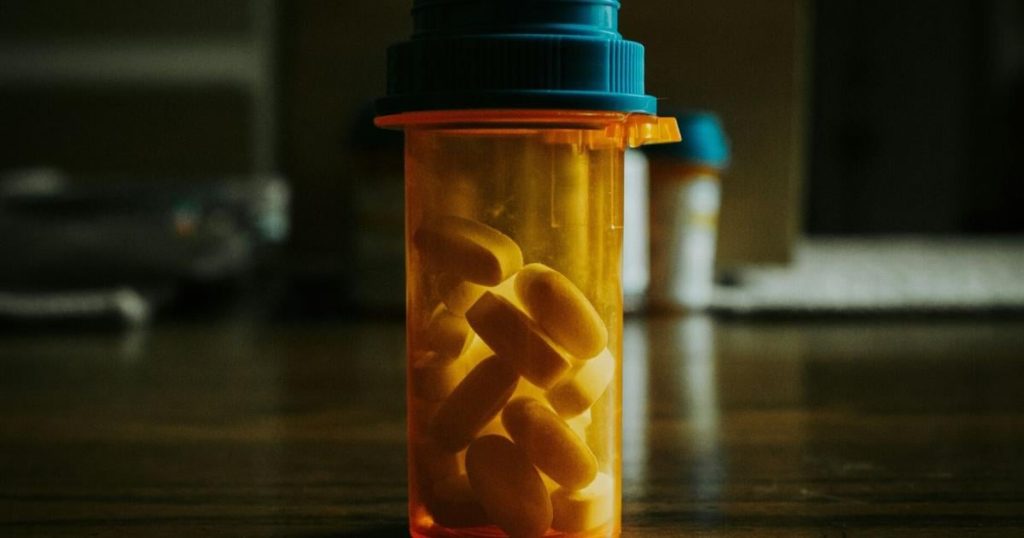(The Center Square) – Money spent addressing opioid use disorder last year accounts for 5% of Pennsylvania’s GDP, according to a report from Avalere Health.
The study used state and national data to analyze costs across federal, state, and local governments, businesses, households, society, and individuals and found that the crisis has cost more than $3.9 trillion nationally.
Pennsylvania alone accounted for over $232 billion of that total.
The grim figures reveal an opioid tax levied upon the entire country, one that came in three waves, beginning with the overprescription of pain medications like morphine and hydrocodone in the 1990s. It gave way to a brief few years in which heroin proliferated starting around 2010 before escalating to the current flood of fentanyl and synthetic opioids on the street.
While the government bears a significant portion of the burden, individuals bear the lion’s share. Nationally, the average case cost was approximately $695,000 annually, with $532,000 on the individual.
In Pennsylvania, the cost exceeded the national average at over $728,000 per case. The commonwealth has one of the highest rates of opioid use disorder, or OUD, in the country per capita at over 2.5%.
Much of the money lost comes in earnings for both workers and their employers. Meanwhile, involvement in the judicial system, medical expenses, mortality, and the treatment of neonatal dependence are typical expenses for both systems and individuals.
The projections offer some hope, however. Avalere calculated the average cost savings for different forms of treatment. Behavioral therapy alone can save $144,000 per case.
When medication is added to the treatment options, that number jumps. Behavioral therapy alongside any of the three approved therapeutic drugs, which include methadone, buprenorphine, and naltrexone, can save between $270,000 and $295,000.
The state has set its sights on providing just that through programs put in place to address the ongoing crisis. Many of them are supported by settlement money received from the companies involved in the epidemic. The state’s opioid trust, which consisted of over $200 million from the “Big Four” pharmaceutical companies, is intended to combat the crisis.
Despite the high numbers of those suffering from OUD, stigma has remained one of the biggest obstacles to accessing treatment. According to Avalere, educating more primary care doctors about treatment is an important step, while making more treatment more accessible to allow OUD patients to continue working and living in their communities would have a big impact.
The study notes that Black and Latino youth are more likely to suffer from OUD, while white people are more likely to be prescribed painkillers that lead to the disorder. People who are incarcerated have additional challenges with recovery and are more likely to die from an overdose after being released.


